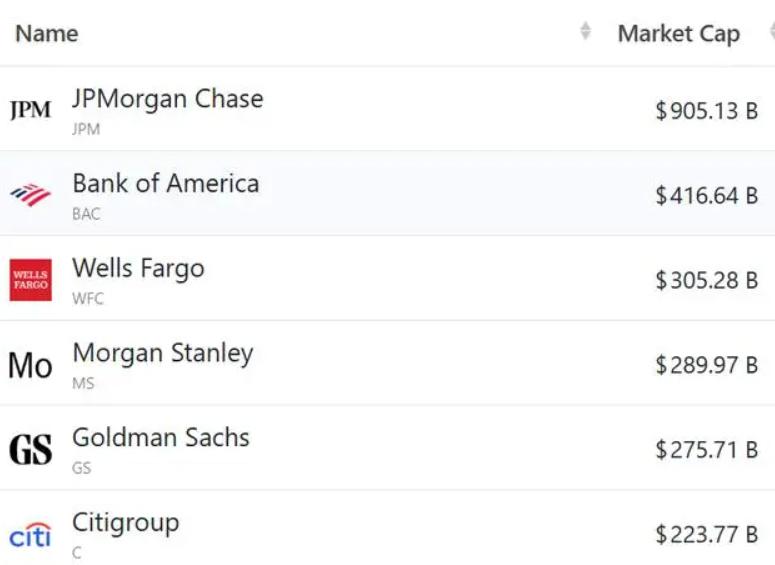
Gold is generally regarded as a safe-haven asset. When global economic instability, geopolitical conflicts and other risk events occur, investors often flock to the gold market, driving up the price. Recently, the international gold market has experienced a shock that can be described as "epic". The spot price of gold has plummeted sharply from its historical peak of $3,500 per ounce, plummeting by nearly $200 within just one day and falling below the $3,300 mark, with a single-day decline of more than 5%. This sudden plunge not only caught the investors who were chasing the high off guard, but also exposed the vulnerability of the gold market without a trace.
The recent mysterious trend of the gold market has had complex and multi-faceted impacts on the financial sector. First, the impact on the financial market: A sharp drop in gold prices will directly lead to a reduction in the value of gold futures, gold ETFs and other investment products related to gold, and investors may suffer losses. For instance, if investors purchase a large amount of gold when the gold price is at a high level, the investment value may evaporate instantly, resulting in a significant reduction in the investment principal. As a safe-haven asset, a sharp drop in the price of gold may trigger panic among investors, leading to fluctuations in the prices of other assets as well. For instance, the stock market may adjust due to changes in investors' risk appetite, and the bond market may also be affected by capital flows. A sharp drop in gold prices will have an impact on gold stocks and related sectors, causing share prices to fall and affecting market sentiment and investor confidence.
Second, the impact on foreign exchange and monetary policy. The sharp drop in gold prices may reflect the market's optimistic expectations for the economic outlook, which may alleviate the pressure on central banks to adopt loose monetary policies. However, if the sharp drop in gold prices is accompanied by the deterioration of other economic indicators, the central bank may still need to consider adjusting monetary policy to stabilize the economy. The sharp drop in gold prices may strengthen market expectations of an upward trend in real interest rates, as the opportunity cost of holding gold increases and investors may be more inclined to invest their funds in other assets. This may further affect the interest rate levels in the bond market and the money market. Gold usually has a negative correlation with the US dollar index. A sharp drop in gold often corresponds to a stronger US dollar. This will exert depreciation pressure on non-US currencies, especially having an impact on capital flows in emerging markets. For countries that rely on gold exports or imports, a sharp drop in gold prices may lead to a reduction in their foreign exchange earnings or an increase in import costs, thereby increasing exchange rate risks.
Thirdly, regarding the impact on investors, sovereign funds may increase their holdings of gold against the trend to hedge against the credit risk of the US dollar. For instance, the People's Bank of China has continuously increased its gold holdings for five months, reflecting its recognition of the strategic value of gold. It is possible to short sell gold futures while going long on the US dollar or US stocks to build a cross-market arbitrage portfolio. Long-term holders choose to "buy more as it drops". The People's Bank of China has increased its gold holdings for five consecutive months, demonstrating confidence in the long-term value of gold. Short-term traders may intensify market volatility due to panic selling of gold ETFs. Furthermore, the sharp drop in gold prices has directly compressed the profits of mining companies and may lead to mergers and acquisitions and reorganizations in the industry. In the first quarter of 2025, the share prices of South African gold mining enterprises plunged by 12% in a single day due to a sudden increase in inventory impairment pressure. The gross profit margin of Chinese gold processing enterprises has rebounded in the short term due to a 12% decrease in raw material costs. Some high-cost mining enterprises have suspended their expansion plans and instead hedge risks through the futures market.
Fourth, in terms of the impact on the economy, the sharp drop in gold prices may imply that the market's confidence in economic recovery has increased. If the US GDP data exceeds expectations, funds may flow from gold to the real economy, driving consumption and investment. As a traditional inflation hedge tool, the sharp fall of gold may reflect the market's expectation that inflation has peaked. However, if geopolitical risks intensify, gold may form a contradictory signal of "inflation expectations and safe-haven demand" due to a rebound in safe-haven demand. In April this year, the governors of the Federal Reserve sent out "hawkish signals", suggesting that they might pause interest rate cuts, which pushed up the real interest rate and directly put pressure on gold.
To sum up, the sharp drop in gold prices is not only a price fluctuation but also a signal of the reconstruction of the underlying logic of the global financial system. In the future, investors need to be vigilant against the asymmetric risks of the "gold - US dollar - emerging markets" triangle relationship, and at the same time pay attention to the dilution effect of new variables such as digital currencies and green finance on the pricing power of gold.

Driven by the Trump administration's push to relax financial regulations and the recovery of investment banking business, the market value of the six major banks in the United States has cumulatively increased by approximately 600 billion US dollars by 2025.
Driven by the Trump administration's push to relax financia…
On Christmas evening, U.S. President Trump posted on social…
According to multiple foreign media reports, the recent fin…
The middle class, once regarded as the cornerstone of Ameri…
On December 19th local time, the US military launched a lar…
The Boxing Day sunshine should have cast a false glow of pr…